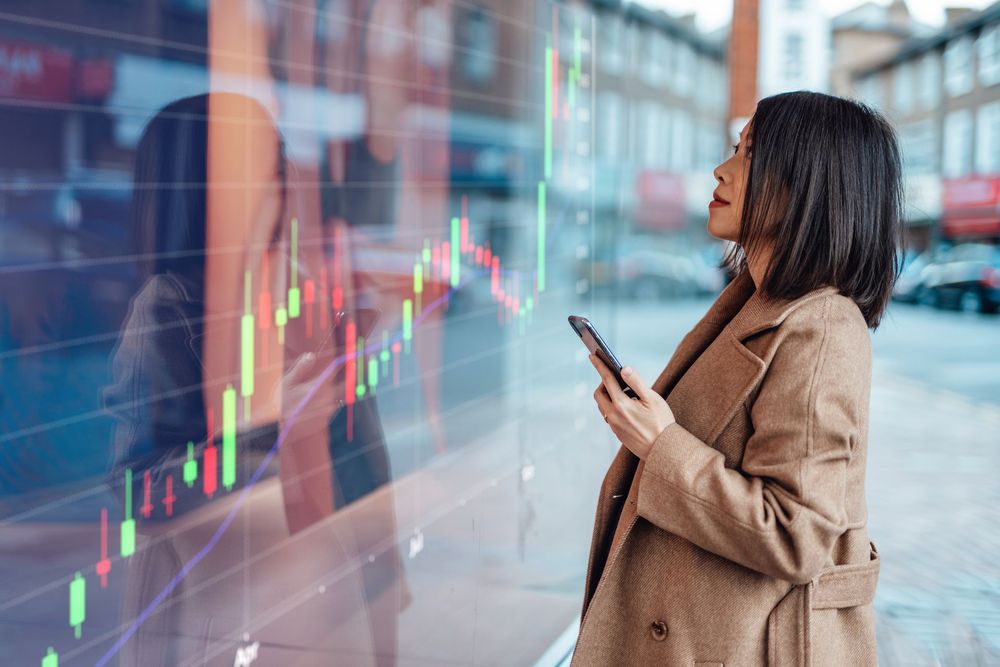
So you’re finally taking that trip to see the Statue of Liberty, Big Ben, the Eiffel Tower or maybe the Sydney Opera House? You know that you can buy and store the cheapest forex in your Shyft currency wallets … but when exactly should you buy your dollars, euros or pounds? After all, you want to stretch your rands as far as possible.
Here are four economic indicators (translation: financial stats) that affect forex rates. Keep an eye out for them in the headlines so you know when it’s a good time to buy.
1. Inflation
Countries with consistently low rates of inflation typically have a rising currency value. That’s because their purchasing power is increasing relative to other countries. (Since inflation isn’t creeping up, they can still get a lot of bang for their buck while grocery shopping, for example). If inflation at your destination is on the rise, it could be a good time to buy their currency. Of course, if it’s rising steeply, it might not be the best holiday spot – by the time you arrive, your spending money may stretch to only one Mai Tai per day, instead of two.
2. The Consumer Price Index (CPI)
If you spot “Consumer Price Index” in the headlines, pay attention, because it means inflation is a hot topic, which, as we’ve just discussed, will impact your currency exchange. The CPI is a measure of how much consumers need to spend to purchase the same basket of goods and services year-on-year – also known as, “Have you seen how much avos have gone up?”.
How do you find out which way the index is going? In South Africa, Stats SA monitors and releases CPI figures regularly. You can usually find information on the CPi at your destination by googling the country’s name alongside ‘Consumer Price Index’.
3. Interest rates
Interest rates are one of the biggest factors influencing the forex market, and they’re also closely tied to inflation. An interest-rate hike usually results in a currency becoming stronger, whereas a cut makes it weaker.
Interest rates are calculated by examining things like a country’s spending, employment levels and other economic factors. Luckily, you don’t have to do any of those calculations. But you do want to know when there’s an interest-rate storm brewing, so you can buy (or not buy) forex accordingly.
One way to predict interest-rate movements is by watching the reserve banks (or central banks) of the major currencies, as well as The South African Reserve Bank. The good news is, unless you’re a professional forex trader, you don’t need to immerse yourself in all the goings on behind the scenes of their decision – just the final call on whether or not rates are rising. The big banks (including Standard Bank) all release their predictions of what that decision will be ahead of time. Based on these, you’ll know if there’s an expected interest rate hike or cut.
4. Unemployment rates
A high unemployment rate may indicate weak economic activity, low domestic investment and an unattractive economy to foreign investors. It’s not a good look for a country, but it’s not terrible news for someone trying to buy forex from that country, because the exchange rate could be in your favour. Unless, of course, your own country’s unemployment rate is also on the high side…
So there you have ’em: four phrases to watch out for in the news if you’re considering buying forex soon. But you don’t have to rely on the headlines: you can get a live rate for currency exchanges between ZAR, USD, EUR, GBP and AUD in the Shyft app. And since timing is everything when it comes to forex, you’ll be happy to know you can make forex trades instantly, and at the cheapest rates in the market, right from the Shyft app.